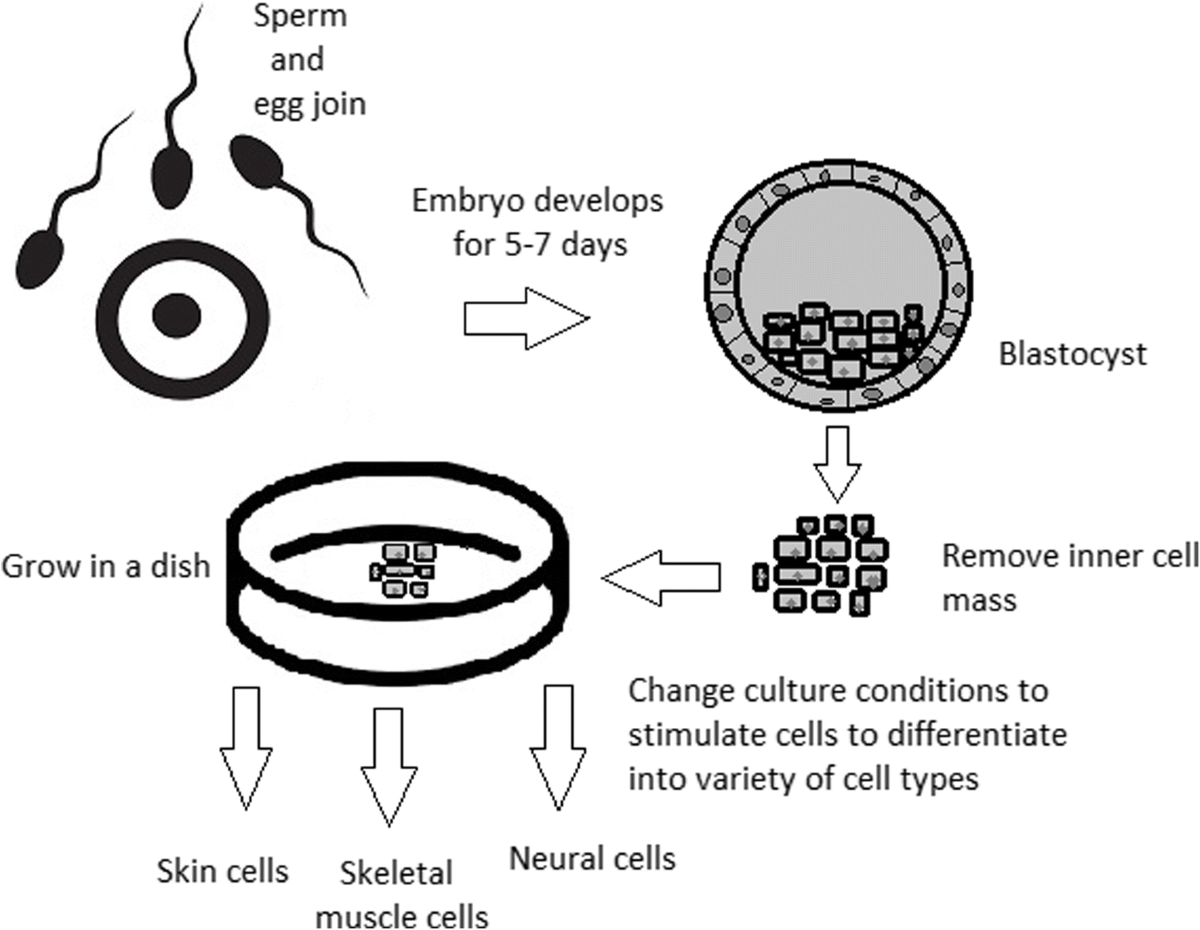Table of Contents

[/image][=video]
[/video]
Many websites used for bone marrow harvesting are located in the hip bones and the breast bone. In recovery, the benefactor might experience some pain in the locations where the needle was put.

If an autologous transplant is planned, previously accumulated stem cells, from either outer (apheresis) or harvest, are counted, screened, and prepared to instill. The preparations for a bone marrow transplant differ depending on the kind of transplant, the disease requiring transplant, and your tolerance for sure medicines. Think about the following: Usually, high dosages of chemotherapy and/or radiation are consisted of in the prep work.
Ablative treatment stops this procedure of cell manufacturing and the marrow ends up being vacant. A vacant marrow is needed to make area for the new stem cells to expand and develop a new blood cell manufacturing system.
It is not a procedure to position the marrow into the bone, yet is comparable to receiving a blood transfusion. The stem cells discover their way into the bone marrow and start recreating and expanding brand-new, healthy blood cells. After the transplant, helpful care is offered to prevent and treat infections, adverse effects of therapies, and issues.
Menopause Therapy servicing Hamtramck, Michigan
The days before transplant are counted as minus days. The day of transplant is thought about day no. Engraftment and recuperation following the transplant are counted as plus days. A patient might enter the hospital on day -8 for preparative routines. The day of transplant is phoned number absolutely no. Days +1, +2, and so on, will follow.
The days are numbered to assist the patient and household recognize where they remain in terms of threats and discharge planning. During infusion of bone marrow, the client might experience the following: Pain Chills Fever Hives Upper body discomfort After mixture, the patient may: Spend numerous weeks in the medical facility Be very at risk to infection Experience too much blood loss Required blood transfusions Be constrained to a tidy setting Take several prescription antibiotics and other medicines Be offered medicine to stop graft-versus-host diseaseif the transplant was allogeneic.
Platelets are typically the last blood cell to recoup. Engraftment can be postponed due to the fact that of infection, medicines, low given away stem cell matter, or graft failing.
Antibiotics, antifungal medicines, and antiviral medications are frequently provided to try to prevent significant infection in the immunosuppressed patient. Thrombocytopenia (reduced platelets) and anemia (low red blood cells), as an outcome of a nonfunctioning bone marrow, can be harmful and also life-threatening.
Pain related to mouth sores and intestinal (GI) inflammation is typical. High dosages of radiation treatment and radiation can create extreme mucositis (inflammation of the mouth and GI tract). Liquid overload is a problem that can bring about pneumonia, liver damages, and high blood pressure. The main reason for fluid overload is because the kidneys can not stay up to date with the large amount of liquid being given in the kind of intravenous (IV) medications, nutrition, and blood products.
Regenerative Therapy servicing Hamtramck, Michigan

Breathing status is a vital function that might be compromised throughout transplant. Infection, swelling of the airway, fluid overload, graft-versus-host illness, and bleeding are all potential serious issues that might occur in the lungs and pulmonary system. The liver and heart are essential organs that might be damaged throughout the transplantation procedure.
Failing of the graft (transplant) taking hold in the marrow is a potential issue. Graft failing may happen as a result of infection, persistent disease, or if the stem cell count of the given away marrow wanted to cause engraftment. Graft-versus-host disease (GVHD) can be a significant and lethal problem of a bone marrow transplant.
Rather than a body organ transplant where the client's immune system will try to decline just the transplanted organ, in GVHD the brand-new or hair transplanted body immune system can strike the whole individual and all of his or her organs. This is since the brand-new cells do not identify the cells and body organs of the recipient's body as self.

One of the most typical sites for GVHD are GI tract, liver, skin, and lungs. Diagnosis greatly relies on the following: Kind of transplant Type and extent of the disease being dealt with Condition feedback to therapy Genes Your age and overall health and wellness Your tolerance of details medicines, treatments, or therapies Seriousness of issues As with any type of treatment, in bone marrow transplant the prognosis and lasting survival can vary significantly from one person to another.
Medical Group
Continuous follow-up care is important for the individual complying with a bone marrow transplant. New approaches to enhance treatment and to decrease problems and negative effects of a bone marrow transplant are constantly being found.
Accessed June 5, 2017. The hope is to restore broken cells that will not adequately recover by itself. Regenerative medication therapies can be separated into 3 categories: promote healing by injecting or placing live cells right into the person. Instances of cellular treatment include PRP and stem cell treatments, which can be used to treat tendinopathy and other sporting activities injuries.
Outer nerves, for instance, include Schwann cells, nerve fibroblasts, and immune cells, each playing a duty in nerve regeneration, as reviewed here. Stem cell therapy is one of the most extensively looked into and encouraging branches of cell regeneration therapy. Some cells, such as epithelial cells in the skin or the cellular lining of the intestinal tract, have a high turnover turn over price can regenerate quicklySwiftly
Navigation
Latest Posts
Stem Cell Therapy
Menopause Therapy around Hamtramck
Hormone Therapy